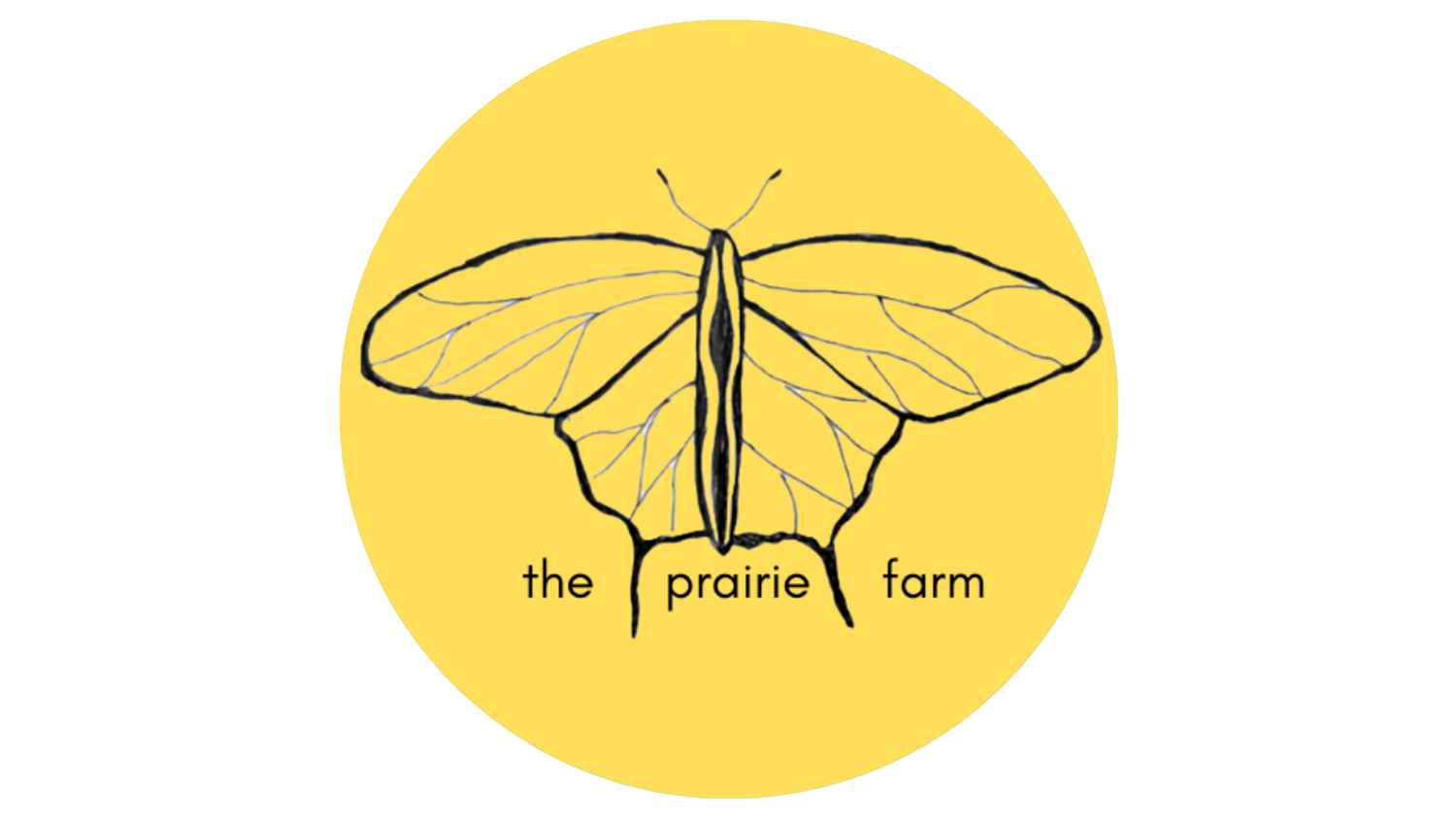How to pick the correct mix for your pollinator garden
You have the perfect spot for your new pollinator garden, but you aren’t sure what flowers work best for your plot. Well, congratulations, because you’re about to find out.
There are a few things you want to consider. First, how much sun does the plot get? Second, what is the soil like?
How much sun?
In order to, have prairie and wildflower natives, the answer to this question has to be bare minimum 4 hours. For a good stand, it should have closer to 6-8 hours of sun every day. There are some species that do better in wooded areas, but those a bit more rare and normally VERY expensive.
If it gets adequate sun, then you’re safe to move to the next question.
What is the soil like?
Thousands of people have spent their life dedicated to studying soil, so we probably won’t get through it all in this article, but the main component you want to look into is the moisture level.
- High moisture levels
If your moisture levels are abnormally high, then you will want some deep rooted grasses such as Big Bluestem, Indiangrass, and Little Bluestem. You will also wanted sedges. Lots of sedges. We love Bebb Sedge and Bicknell Sedge the most, but there are many options out there.
For flowers, you will want to look at wet tolerant species such as Swamp Milkweed, Ohio Spiderwort, Common Mountain Mint, and Prairie Phlox. You can also get some of the hardier flowers that flourish in almost any condition such as Black-Eyed Susan, Common Milkweed, Maximillian Sunflower, Rattlesnake Master, Stiff Goldenrod, and Golden Alexander.
- Medium Moisture Levels
In the case of mesic (medium amounts of moisture) soil, your options are wide open. I could list off hundreds of grasses and flowers, but instead I will direct you to our Prairie Shop to see the mixes we have there. All the species we have in those mixes will work in a mesic habitat.
- Low Moisture Levels
If your area is very dry, or even sandy, it’s not as much about what to put into the field. It’s more important to know what to avoid. Avoid any sedges (Bicknell’s Sedge and Brown Fox Sedge being the exceptions). Sedges are normally attuned to wet climates. Also, avoid any wild flowers with shallow roots.
Any of the “Big Five” prairie grasses will work perfectly—Big Bluestem, Indiangrass, Little Bluestem, Sideoats Grama, Switchgrass. Switchgrass particularly could grow out of a rock on Mars. For flowers most coneflower, vervain, and aster species work well in dry soil.
There are many more species that work well that were not mentioned, but this should be a good starting point for you.
If you’re looking to buy some seed, check out our Prairie Shop.
Best of luck!

